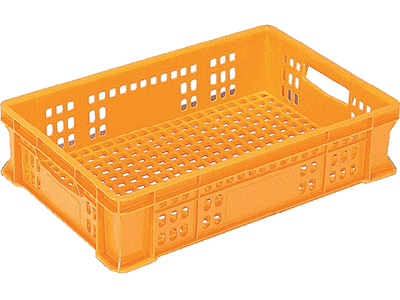What Is a Disk Harrow?
A Disk Harrow is an agricultural implement featuring multiple arranged disk-shaped blades.
Rotating to break and pulverize the soil, is a farm implement used for soil cultivation. Similar implements with comparable functions include Two-way Harrows and Rotary Harrows, all serving the same purpose.
Due to the vertical arrangement of the disks, it can penetrate the soil to a considerable depth for effective soil cultivation. The Disk Harrow, aptly named for its rotating disks, is suitable for cutting and pulverizing, resulting in the creation of a uniform and finely cultivated surface.
While it has been utilized in reclaimed lands for breaking somewhat hard soil, it may struggle with larger and harder areas. Due to the clear functionality of the Disk Harrow, combining two or more types of harrows for a single operation has become a common practice.
Uses of Disk Harrow
The primary use of the Disk Harrow is soil pulverization. By crushing the soil, it achieves a flat and neat finish. Its ability to cut plants simultaneously makes it suitable for land reclamation.
It is attached to a tractor for operation, drawing power from it. Different disk shapes result in varying levels of penetration into the soil surface, leading to the creation of a variety of disk harrow designs.
Attachments like a cage roller, which can be attached to work in conjunction with the Disk Harrow, are available, enhancing precision in a single operation.
Characteristics of Disk Harrow
The Disk Harrow is attached to the rear of a tractor and is a machine used for cultivating fields. It consists of 2 sets or 4 sets of axles, each with 5 to 10 disks with a diameter of 40 to 60 cm.
For maximum effectiveness, the Disk Harrow is used after plowing, breaking up large clods of soil, and achieving uniformity. Using the Disk Harrow in a direction perpendicular or at a 45° angle to the plowing direction is more effective.
Advantages
The Disk Harrow not only pulverizes hard soil but also efficiently performs multiple tasks such as incorporating crop residues, green manure, and weeds, as well as mixing compost. Compared to regular rotary implements, the Disk Harrow excels in operating at high speeds, leading to cost savings in terms of both speed and efficiency.
Disadvantages
In fields with many stones, achieving uniform cultivation can be challenging. Additionally, in such fields, maneuvering can be difficult, making it challenging to operate.
The high purchase price is also a drawback of the Disk Harrow. Due to the high initial investment, careful consideration of the cost-effectiveness of work expenses and initial costs is essential when considering its adoption.
Types of Disk Harrow
Specifications for Disk Harrows vary by manufacturer. Offset-type Disk Harrows, which move a substantial amount of soil and are suitable for pulverizing soil and leveling, are available. Using an attachment known as a cage roller provides additional effects, such as smoothing the surface irregularities and rolling the topsoil.
Rubber-type Disk Harrows are characterized by high-speed soil tillage. They can simultaneously perform multiple tasks such as rough cultivation of seeding or transplanting beds and compaction work. Generally used with large tractors in the 45–60 horsepower range, there are also Short Disk Harrows suitable for tractors in the 30 horsepower class.
How to Choose a Disk Harrow
Firstly, it is necessary to choose the appropriate Disk Harrow based on the horsepower of the tractor you own. If you have a tractor with over 45 horsepower and a large field, Offset-type or Rubber-type Disk Harrows are recommended for their efficiency.
If your tractor has 30 horsepower, you won’t be able to pull larger Disk Harrows like Offset or Rubber types. In this case, a Short Disk Harrow that can be towed with lower horsepower is more suitable, ensuring compatibility with your tractor’s power.

